I went back to La Motte at dusk and took 100 images. I then narrowed them to 36 images and displayed them below. I decided to go to La Motte at this time so my images have different lighting and tones in them. In Chrystel Lebas photos she often goes out to photograph at dusk (what the French call l’heure bleu ) when the world becomes more mysterious. “I was fascinated by night itself, by the absence of light and the impossibility of photographing” Lebas told Nanda van den Berg, the director of the Huis Marseille in Amsterdam. This inspired me to go out at this time the day to see how this would differ from the previous landscape image I’ve taken in this project.


I like this image I tried to emphasise the cool tones to heighten the elementalism relating to the ideologies of sublime. I think this particular image of mine definitely reflects that of the sublime, through the bold, structured shapes of the rocks with dark tones ranging rom brown to black. This combined with the sky which is a blue tone due to being taken at dusk, creates a mysterious and other-worldly appearance.
I wanted to show how the environment was changing by how the rocks had been warn down in comparison to archival images from one-hundred years ago. This is similar to how Lebas wanted to express how the environment was changing though how trees are growing, dying and re-generating themselves. I also like how the horizon is in the middle of the image creating a good composition, with detailed patterns and structures on the bottom half of the image which is juxtaposed with a simple sky with faint clouds. This is then connected with the rock in the centre of the image, being in both half of the image. The center rock is isolated from everything else in the image by sea and is shown by itself which contrasts to the other rocks in the image which are in groups together making the audiences eye going to the entered rock first. When editing this image i will see why it look like when i darken the clouds creating a more vast image.


I particularly like this image from my photoshoot as it has more context and meaning behind it than some of my other images. To me the cross in the center of the image could represent the peoples lives that have been lost on the beach, or the people that were buried in the island. This makes the image more mysterious and allows for the audience to interpret it however they want.
I also like the composition in this image as it is split into three sections , with the cross in the centre of them. The bottom part is th darker pat of the image, the dark brown tones contrasting to the light blue ones in the sea. The tones in the bottom part of the image link to that on the horizon which creates a more aesthetically pleasing image. This is also because the blue tones in the sea complement the colour of the sky. The cross in the centre of the image is the point that the audience first looks at as it dark brown colour is contrasted against the sea behind it. I think image also links to the first final image in this shoot as they both have a subject in the sender of the image which draws the audience in, which is then surrounded by detailed rocks and blue tones. I think these two image would work well in a photobook as they complement each and have simile aspects but aren’t too similar that your looking at the same image twice.
I tried to emphasise the blue tones in this image when photographing it at dusk and think I successfully did this. When editing this image i will try to further emphasises these blue tones and maybe even create more contrast between the tones in the sea compared to the sky.

Edits
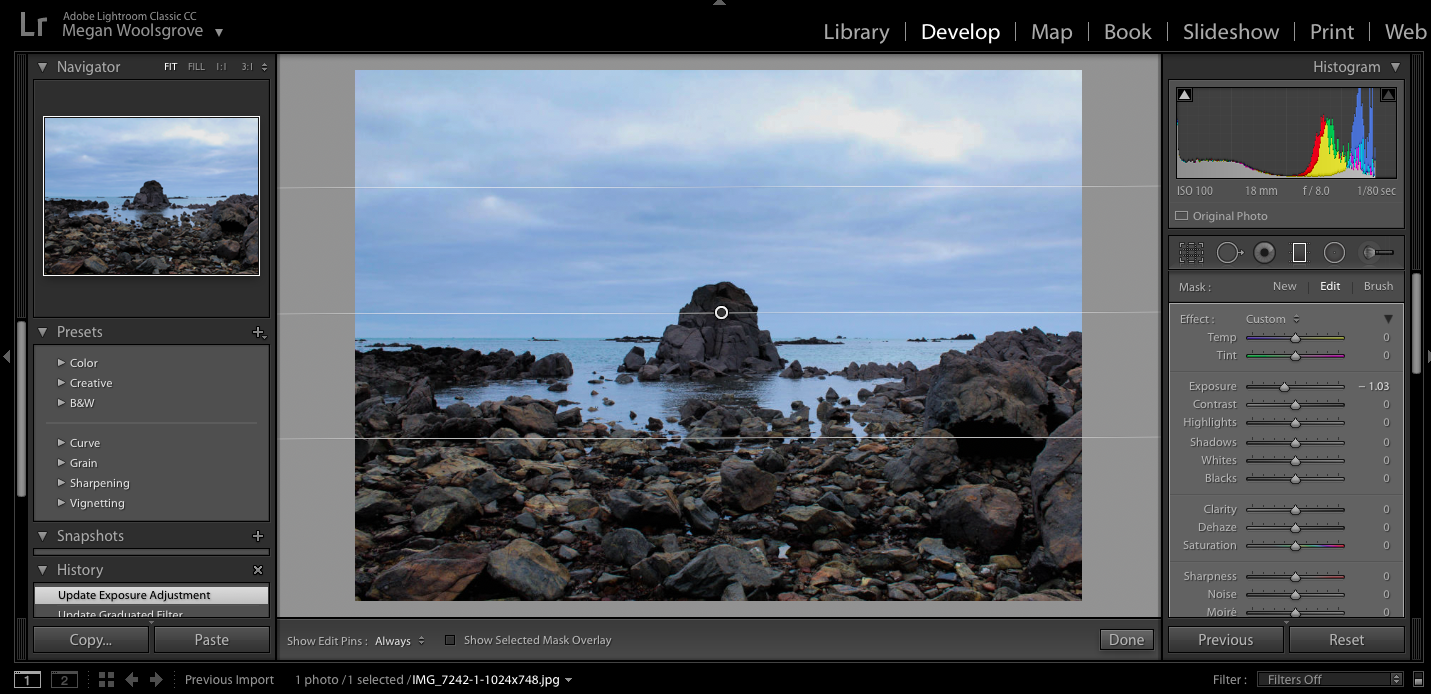
When editing my final images for this shoot i decided that i wanted to emphasise the colours in the sky and darken the colours of the clouds to create image the reflected the ideologies of the sublime more. I use the Graduated filter when editing all my images and adjusted the exposure, contrast and temperature to create more stand out images.


To experiment with this image I darken the blue sky towards the bottom but kept some of the white clouds around the top of the image noticeable so there was more contrasting colours. I think that the edited blue sky against the white clouds emphasises them more than the original and makes the landscape seem more vast. I also darkened the rocks around the bottom of the image to make it seem later in the day than to when he image was actually taken to make the overall appearance more other-worldly and mysterious.
I also experienced my adjusted the colours and temperature in the photos to see if any of the other variation would make a better image. I changed the image so that there were more warm colours int he sky the cooler colours. Doig this created completely different atmosphere in each image compared to the original. These edits make the image look more other-worldly as the colours in the sky aren’t something you would see everyday, which perhaps makes the image more interesting to look at.
Overall, I think i prefer when the first edit where i emphassed the colour tones as it creates a more sublime image and reflects the work Crystal Lebas more, which is something that i wanted to do in this shoot.


In this image i edited in a similar way to my previous image to see how editing the same way would make the images different. I darkened sky in this image using the graduated filter so there was more of a separation between the sky and the sea. I think this makes the sections in the image more noticeable as their are all different colours. Also the darkened sky makes the landscape look more vast and dangerous like there’s a storm, looking more sublime than the original.
I also tried editing this image with a warmer tone for the sky adding more yellow into the landscape, which creates a different atmosphere in the image. It doesn’t look as natural as the original, taking away the natural blue colours and adding a more other-worldly appearance. I also tried brightening the sea in the right image to create more of a contrast between the dark sky but found that it looks too edited as the dark sky would reflect the sea in real life, which isn’t happening in this image.
As a final image I prefer the first image as I think the darkened sky and clouds fits well with the aesthetic and concept of the image as the cross in the centre is representing people who have passed away, addressing a sensitive and sad topic. To me it shows how even though there’s a storm in the picture and waves the sea, the cross still stands as it always has, perhaps saying something about the people who have died in the area.

I also chose this edit as one of my final images as I like the reflects that the rocks create on the sea and also how it’s showing a different atmosphere to my other dusk landscape. The sea is flat with little waves in it, which contrasts to the other images I took which have more of a dramatic appearance. To me, this image is more calm and peaceful through the flat sea and the soft colours in the sky going from light blue and showing a little of the sun thats just set. In my opinion this image reflects more picturesque ideologies, compared my other images that look more sublime as its not as dramatic and vast and emphasises the beauty in the landscape more. When editing this image i used the graduated filter and brightened the sky a little and emphases the softer colours like the pale blue and orange.

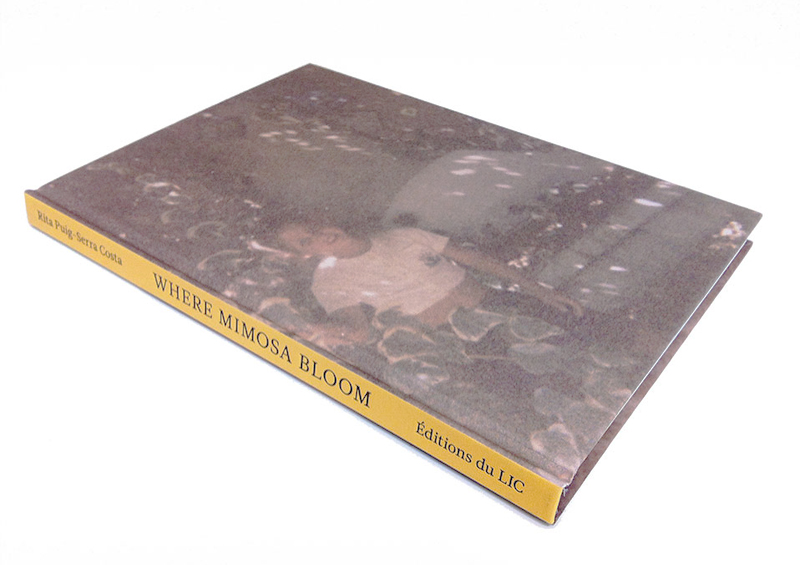




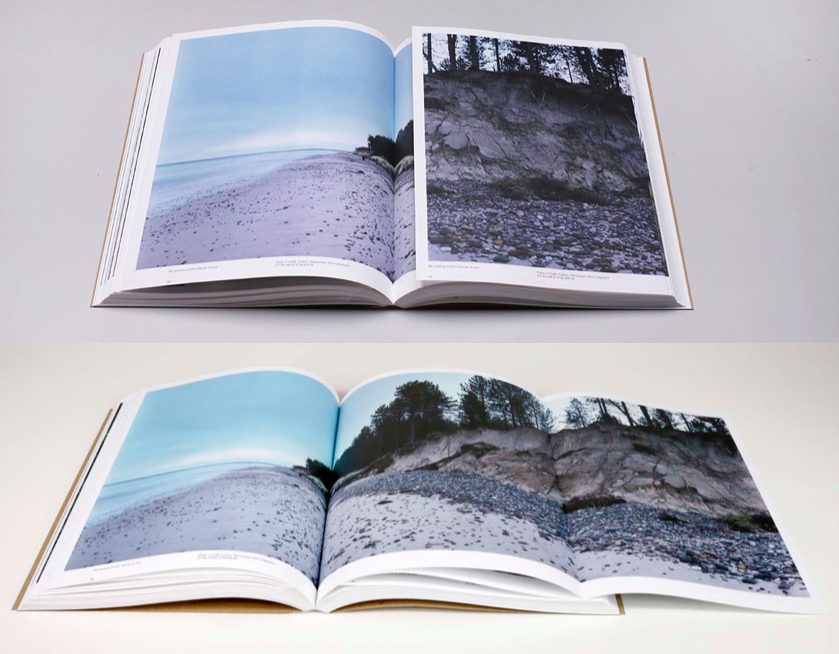

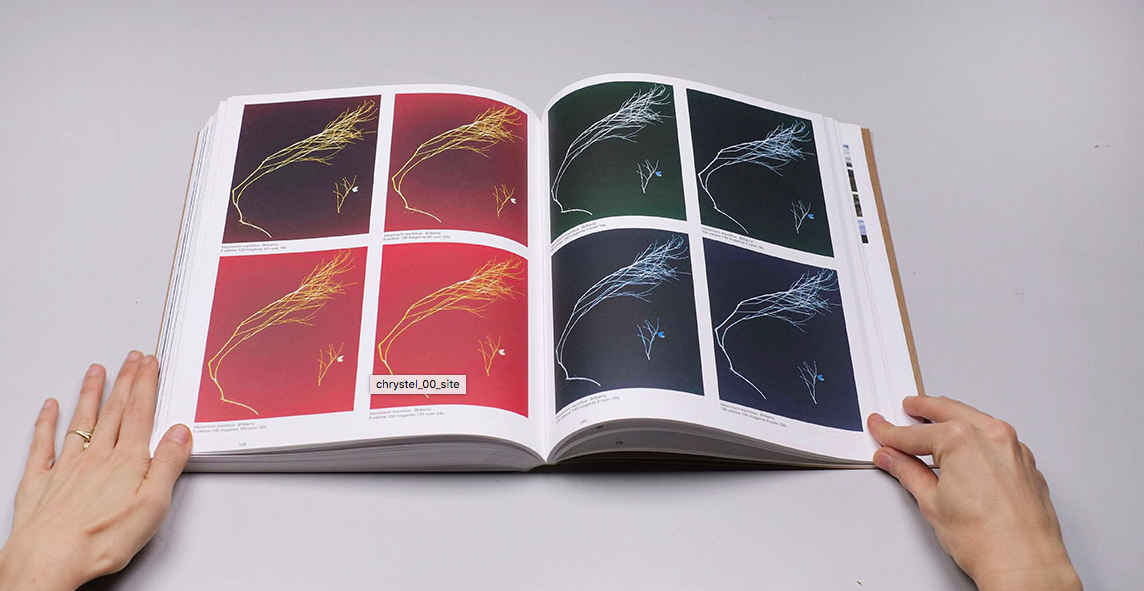
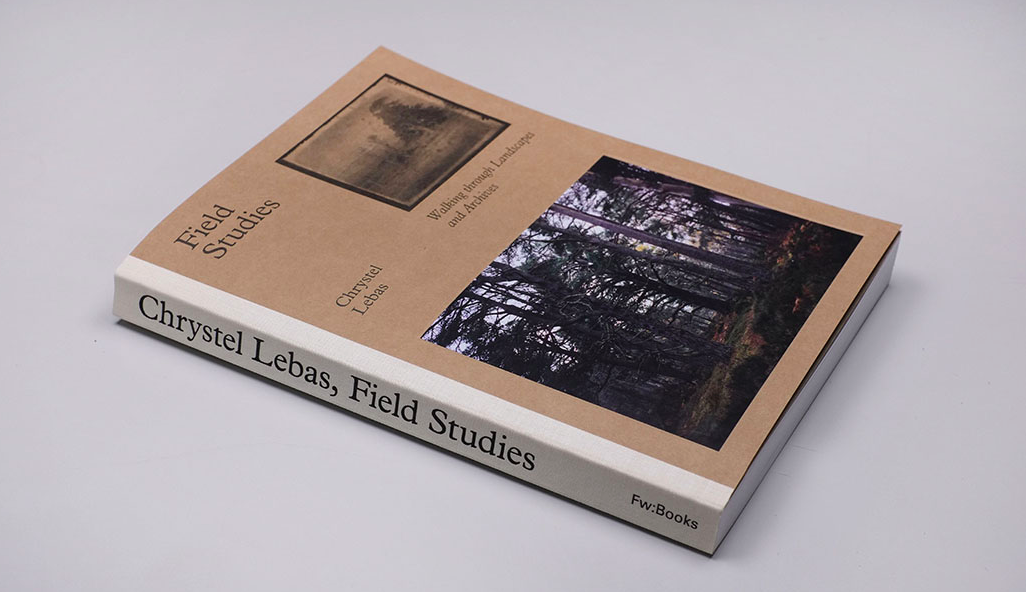
 What I really wanted to put across from my layout of the book was a narrative, this would allow for me to tell a political storey through the narration of various images divided into separate categories that could be analysed and viewed in relation to the rest of images in that topic. To begin with I experimented with about six individual pages layouts, presenting a broader way in which I could compose the photos taken, such as full page spreads, double-page spreads and boxed in imagery. I wanted to leave a few spaces that I would be able to place text in such as my essay and titles for pages and photos.
What I really wanted to put across from my layout of the book was a narrative, this would allow for me to tell a political storey through the narration of various images divided into separate categories that could be analysed and viewed in relation to the rest of images in that topic. To begin with I experimented with about six individual pages layouts, presenting a broader way in which I could compose the photos taken, such as full page spreads, double-page spreads and boxed in imagery. I wanted to leave a few spaces that I would be able to place text in such as my essay and titles for pages and photos. The book ‘Retracing Our Steps’ by Carlos Ayesta and Guillaume Bression looks at the nuclear disaster in Fukushima in 2011. The photographers have made regular visits to the ‘no-man’s-land’ and have created a book that consists of mix posed situations with a documentary approach. The photographers asked former residents to come back to their original environment to see how much these formerly ordinary places have changes. The subjects were asked to act as if nothing had happened, and to behave naturally. The resulting narrative in this book is a harrowing story of how things can change over time and become so massively impacted from unexpected events which are out of control. The photographers have made this to “show what the inhabitants have to face when they come back to the place where they used to live”, which shows the the audience of this book is partly the previous inhabitants, and partly the rest of the world to shed some light on how disastrous the impact was on the area. The book won Bression and Ayesta the New Discovery Award presented by Le 247 Gallery and has been exhibited at festivals such as the Athens Photo Festival.
The book ‘Retracing Our Steps’ by Carlos Ayesta and Guillaume Bression looks at the nuclear disaster in Fukushima in 2011. The photographers have made regular visits to the ‘no-man’s-land’ and have created a book that consists of mix posed situations with a documentary approach. The photographers asked former residents to come back to their original environment to see how much these formerly ordinary places have changes. The subjects were asked to act as if nothing had happened, and to behave naturally. The resulting narrative in this book is a harrowing story of how things can change over time and become so massively impacted from unexpected events which are out of control. The photographers have made this to “show what the inhabitants have to face when they come back to the place where they used to live”, which shows the the audience of this book is partly the previous inhabitants, and partly the rest of the world to shed some light on how disastrous the impact was on the area. The book won Bression and Ayesta the New Discovery Award presented by Le 247 Gallery and has been exhibited at festivals such as the Athens Photo Festival.




 After I had experimented with a variety of different gradients upon certain pictures I then selected the best photos that used the gradient the most effectively. I wanted to change the atmosphere of each image to a more surreal and unusual portrayal that used metallic colours to highlight certain aspects of them. Here are my favorite outcomes for gradient use:
After I had experimented with a variety of different gradients upon certain pictures I then selected the best photos that used the gradient the most effectively. I wanted to change the atmosphere of each image to a more surreal and unusual portrayal that used metallic colours to highlight certain aspects of them. Here are my favorite outcomes for gradient use:


 When looking over the images I found that I really liked the see-through metallic film placed over the photos, as it gave them an tinted and old effect that I hadn’t seen in any of my previous work. Accompanied through the slightest change of colour tone, the effects of the gradient seems to product abstract and surreal results that overall I was really happy with.
When looking over the images I found that I really liked the see-through metallic film placed over the photos, as it gave them an tinted and old effect that I hadn’t seen in any of my previous work. Accompanied through the slightest change of colour tone, the effects of the gradient seems to product abstract and surreal results that overall I was really happy with.


















